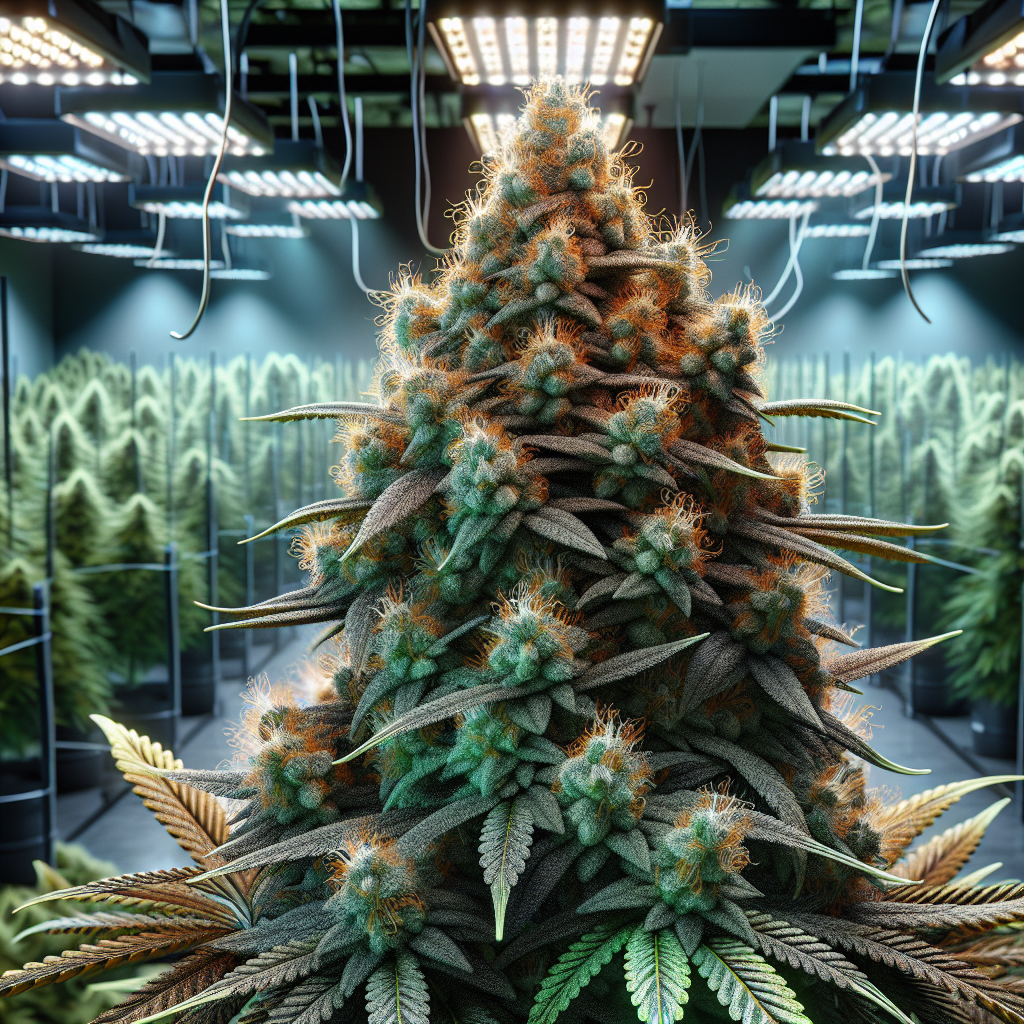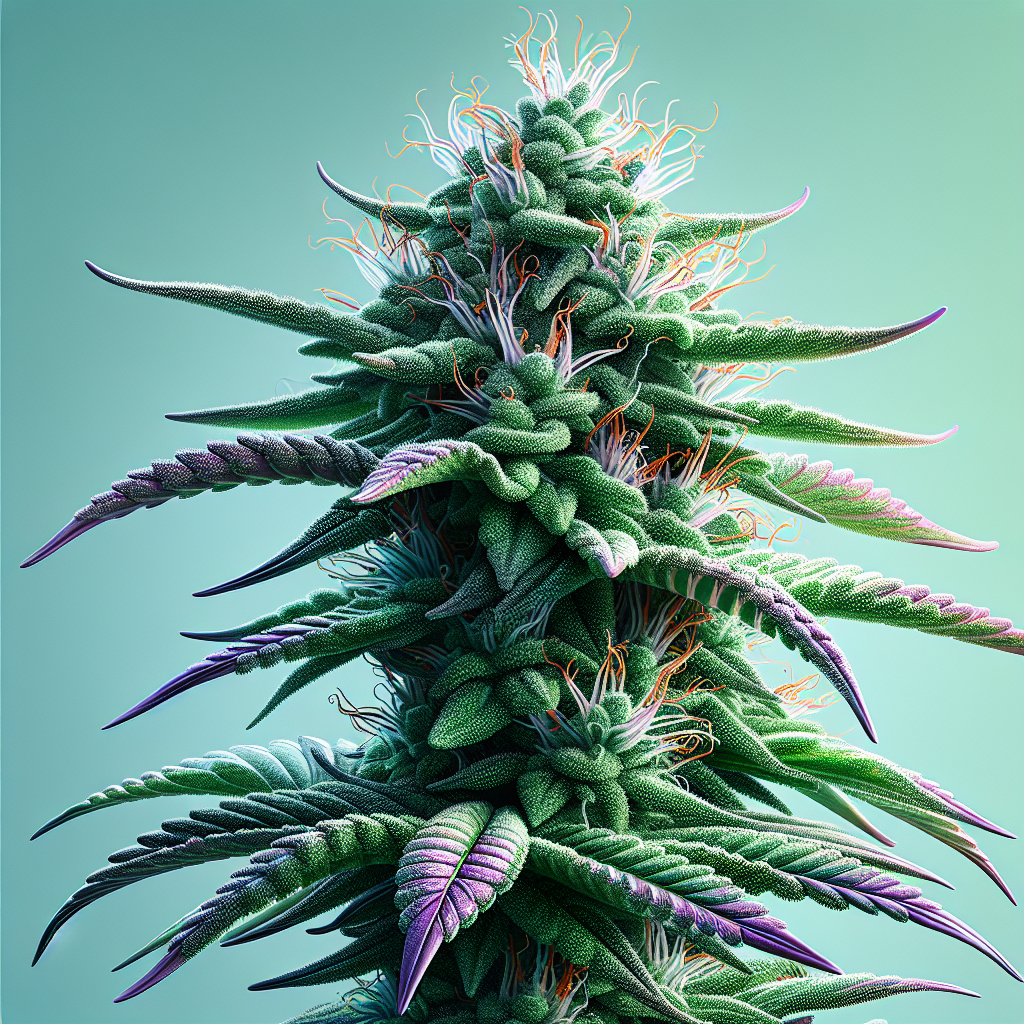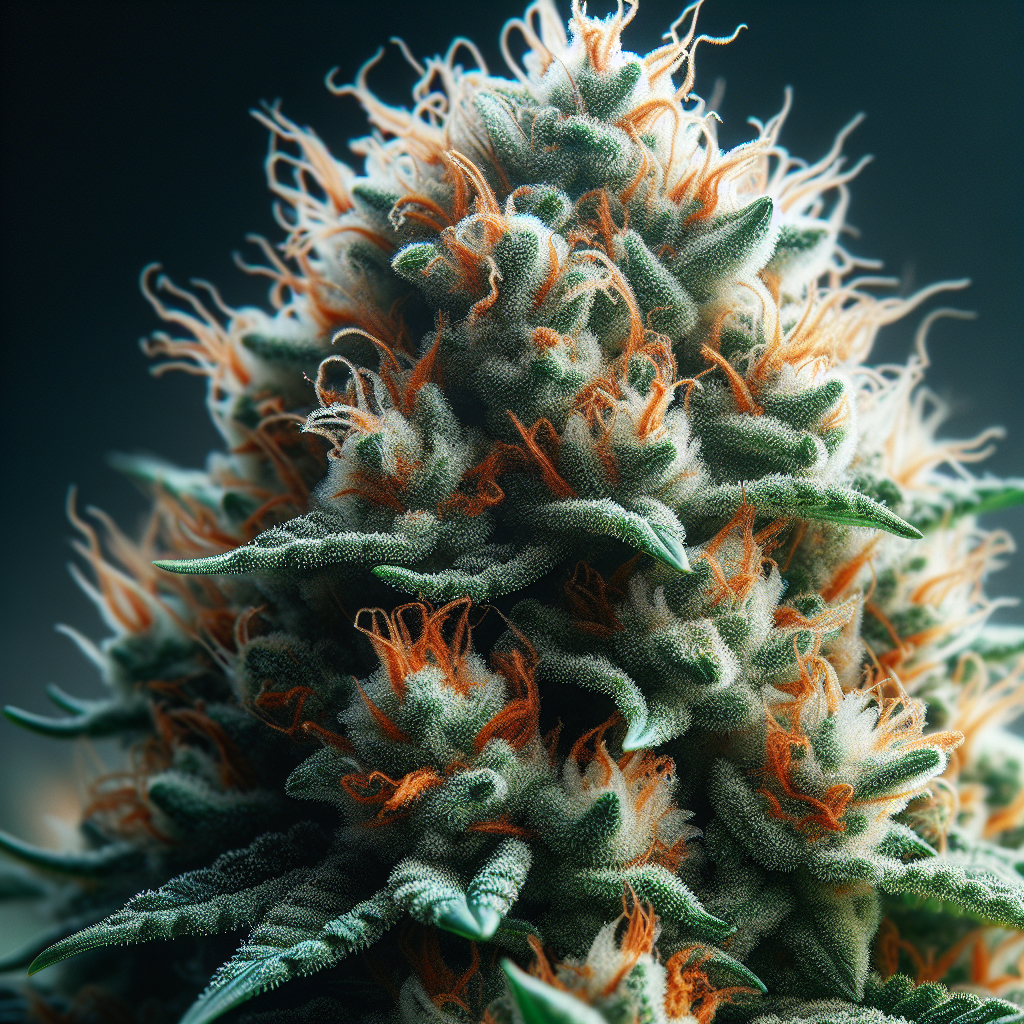Cannabis Cloning: A Step-by-Step Guide to Perfecting Your Grow
Cannabis enthusiasts have long known that cloning is one of the most effective methods for propagating desirable traits in your plants. By creating a clone from a mother plant, growers can produce genetically identical plants with the desired characteristics—like flavor, potency, and yield—without the uncertainty that comes from seed germination. In this pillar post, we will take you through a comprehensive step-by-step guide to cannabis cloning, ensuring you have all the tools and knowledge to perfect your grow.
Why Clone Cannabis?
Before we dive into the cloning process, let’s discuss the benefits. Cloning allows growers to:
-
Maintain Genetic Consistency: Every clone is a genetic replica of the mother plant, ensuring that the qualities you love—such as high THC content, unique aroma, or robust growth patterns—are preserved with each new generation.
-
Faster Growth: Clones can root quickly and mature faster than seeds, shortening the time from planting to harvest.
-
Avoid Seed Variability: Seeds can produce plants with varying traits, which can lead to unpredictable growth, flavor, and potency. Clones mitigate this risk.
-
Saves Space and Resources: Since clones can be started while the mother plant is still growing, you can maximize your yield with less investment in seeds and space.
- Easier for Novices: Cloning simplifies the growing process, making it more approachable for beginners.
Step-by-Step Guide to Cannabis Cloning
Let’s jump into the cloning process. Each stage is crucial, so follow closely to ensure success.
Step 1: Selecting Your Mother Plant
Your first step is to choose a healthy mother plant. This plant should represent the characteristics you want to perpetuate. Look for attributes such as:
- Strong growth structure
- High resin production
- Disease resistance
- Desired aroma and flavor profiles
It’s also advisable to choose a plant that is at least two months into the vegetative stage. Younger plants may not have the robust nodes needed for effective cloning.
Step 2: Gather Your Supplies
Preparation is key for successful cloning. You’ll need the following supplies:
- Sharp Scissors or Cloning Tool: To make clean cuts without damaging the mother plant.
- Cloning Medium: Options include rock wool cubes, peat pellets, or coconut coir.
- Rooting Hormone: This encourages root development and can significantly increase your success rate.
- Humidity Dome: This helps maintain moisture and humidity around your clones, facilitating root growth.
- Containers or Propagation Trays: Required for holding the cloning medium.
- Water: Clean water is essential for hydration and cloning setup.
- pH Meter (optional): To ensure the water is at the right pH level for optimal root development.
Step 3: Preparing the Cloning Medium
If you’re using a substrate like rock wool or peat pellets, soak them in water with a pH between 5.5 and 6.5. This helps to hydrate the medium and prepare a suitable environment for root development.
Step 4: Taking Cuttings
Once your medium is prepared, it’s time to take cuttings:
-
Choose the Right Location: Look for healthy, vigorous branches with several nodes. Aim for semi-woody stems, as these tend to root best.
-
Make the Cut: Position your scissors at a 45-degree angle approximately 4-6 inches from the tip of the branch. A clean, diagonal cut increases the surface area for rooting.
- Remove Lower Leaves: Strip away any leaves from the lower half of the cutting to prevent them from rotting when placed into the medium.
Step 5: Applying Rooting Hormone
Dip the cut end of your clone into rooting hormone. This can be in gel, powder, or liquid form. Ensure the entire cut surface is coated. The rooting hormone serves as a stimulant for root growth, improving the odds of a successful clone.
Step 6: Planting the Clones
Insert the treated end of the cutting into the prepared cloning medium. Gently press the medium around the cutting to secure it in place. Be cautious not to damage the tissue as you push it into the medium.
Step 7: Providing Proper Environment
-
Humidity Dome: Place your newly planted clones in a humidity dome or cover them with plastic to retain moisture. The high humidity will help prevent transpiration and drying out of the cuttings.
-
Temperature: Maintaining a temperature around 70°F to 80°F (21°C to 27°C) is ideal. Using a heat mat under your propagation tray can help keep the environment warm.
- Light: Provide soft light rather than intense exposure. Fluorescent lights or low-wattage LEDs work well to give your clones light without stressing them.
Step 8: Watering and Monitoring
You should regularly check the moisture of the medium. The clones need to stay moist but not waterlogged. Use a spray bottle to mist the clones and the humidity dome frequently, enhancing humidity levels without oversaturating the medium.
Keep an eye on the temperature and humidity levels—ideally, 70-90% humidity for the first week or so.
Step 9: Waiting for Roots
Patience is essential! Depending on the strain and conditions, rooting can take anywhere from 7 to 14 days. Gently pull on the clones after a week to check for resistance, indicating root growth.
Step 10: Hardening Off
Once the roots are well-established, it’s time to prepare your clones for life outside the dome. Gradually acclimate them to lower humidity over a period of a few days. Remove the dome for a few hours each day while monitoring them for signs of stress.
Step 11: Transplanting
When the roots are approximately 1-2 inches long and the clones are resilient to lower humidity, they’re ready for transplanting into larger pots or your garden setup. Be careful to handle them gently, as young roots can be delicate.
Fill your pots with pre-moistened soil, make a small hole, and gently place your clone in the hole. Be sure the roots are positioned downward and cover lightly with soil, then water adequately.
Step 12: Care for Your Young Plants
Post-transplant, provide nurturing care to your plants. This includes:
- Watering: Water regularly but allow the top inch of soil to dry out before the next watering.
- Nutrients: Introduce nutrients gradually, ideally starting with a balanced grow formula designed for young plants.
- Light: Ensure they receive adequate light, transitioning to more intense lighting as they establish themselves.
- Monitoring: Keep an eye on your plants for any signs of stress or nutrient deficiencies.
Troubleshooting Common Cloning Issues
Even the most experienced growers may face challenges when cloning. Here are a few common concerns and their solutions:
-
Wilting Clones: This can be due to low humidity or excess heat. Increase misting, check temperatures, and ensure proper ventilation.
-
Rotting Stems: If cuttings are turning brown and mushy, they are likely overwatered or the cloning medium is too wet. Reduce moisture and ensure good drain.
-
Slow Rooting: Insufficient light, improper temperatures, or low-quality cuttings can result in delayed rooting. Ensure optimal conditions and consider taking cuttings from different areas of the mother plant.
- Fungus or Mold: If you notice any fungal growth, try increasing air circulation and reducing humidity levels. You may also consider fungicides if issues persist.
Conclusion
Cloning cannabis is a rewarding process that allows you to expand your garden with desirable traits while saving time and resources. With the right techniques and a bit of patience, you can create a thriving, consistent supply of cannabis plants that embody the qualities you love.
Whether you’re a novice grower or an experienced cultivator, having a reliable cloning procedure will enhance your growing experience. As you refine your skills, each cloning session becomes a step toward perfecting your craft and maximizing your harvest.
FAQ Roundup
Q: How long does it take for cannabis clones to root?
A: Clones typically take 7 to 14 days to root, depending on strain and environmental factors.
Q: Do I need a special light for clones?
A: While not necessary, using fluorescent lights or low-wattage LEDs can provide the gentle light needed without stressing the clones.
Q: Can I clone from flowering plants?
A: Yes, but it’s best to take cuttings from plants in the vegetative stage for optimal success.
Q: How many clones can I take from one mother plant?
A: A healthy mother plant can yield numerous cuttings. It’s recommended to leave enough foliage on the mother for it to continue thriving.
Q: Should I use water or soil when cloning?
A: Both methods can be effective; using a cloning medium like rock wool or soil gives more stability and offers nutrients during the rooting phase.
Q: What if my clones are yellowing?
A: Yellowing can indicate nutrient deficiencies, overexposure to light, or humidity stress. Assess environmental factors and provide balanced nutrition.
By following this step-by-step guide, you’ll be well on your way to mastering cannabis cloning and achieving the perfect grow every time!





